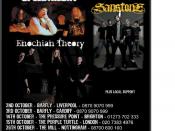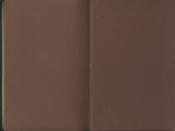Week 1 Assignment 4: Theory and Practice
Ruby A. Yakalavich
EDUC 6422 Instructional Needs Analysis
Professor Tucker
Thursday, August 28th, 2014
Running head: Theory and Practice 1
While exploring the theory of curriculum, its history and practice within the article-
Smith, M.K. (1996,2000) "Curriculum theory and practice" the encyclopedia of informal
education, four ways of approaching curriculum theory and practice were covered.
Those four ways include: curriculum to be transmitted, as a product, as process and as
practice. The theory of curriculum as a product, is weaker than it is strong. This theory
is strong in a sense that one begins not knowing, then is taught, eventually transmitting
knowledge to action. The same theory is weak and is four fold. First, the learner
appears to frequently get over looked or left out as the emphasis is based on how the
information is presented. Next, there is uncertainty about what is being measured.
Then, a huge problem with this theory stems from the research based on educator's
lack of pedagogy. The last weakness in this theory is unanticipated results.
The theory of curriculum as a process combines the interactions between the
students and the educators content knowledge as well as the class environment. The
learners voices in this theory are acknowledged and heard. The focus is on interactions
between the educator and the students as well as the overall dynamics of the
classroom. However, this theory contains a variety of weaknesses. Three of those
concerns are: "treating learners as subjects rather than objects, the lesson content may
not be detailed and the process relies on the quality of the teacher presenting the
lesson" (Smith, 1996,2000).
Finally, the theory of curriculum as praxis pays careful attention to the rapport
between the educator and the learner as they get to know...


